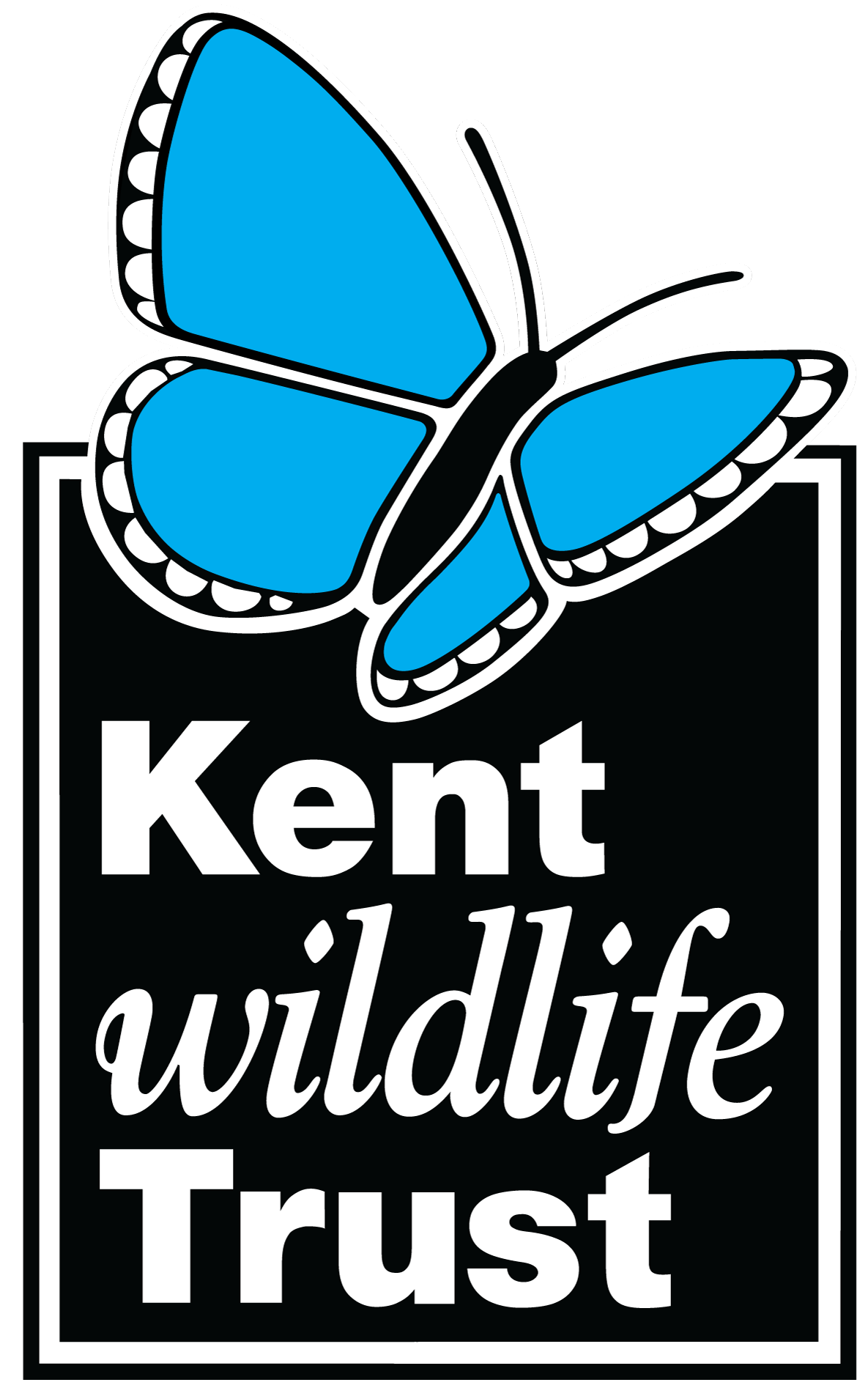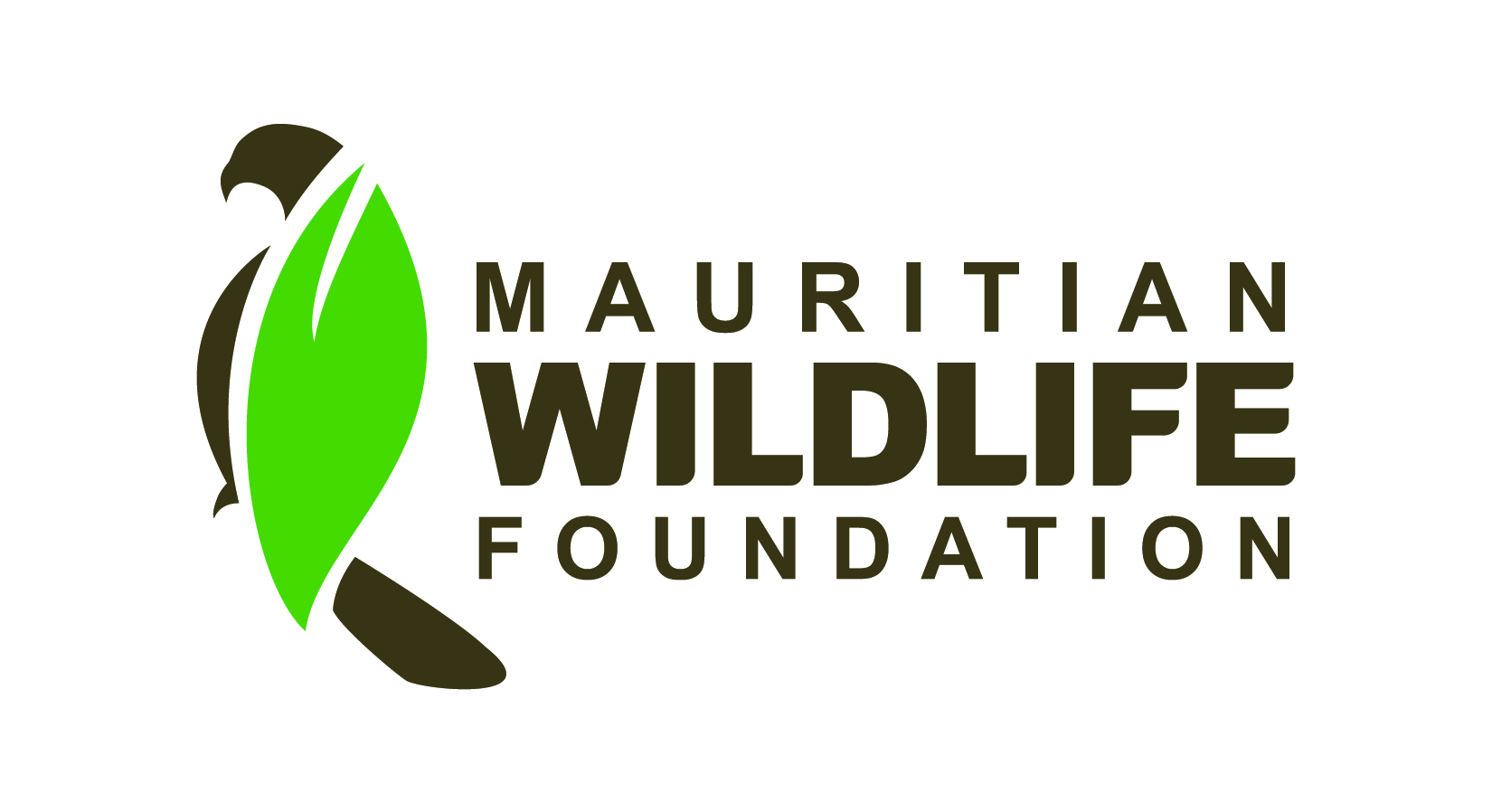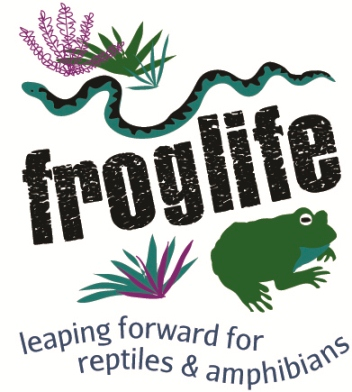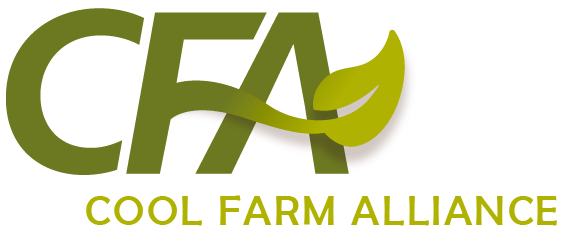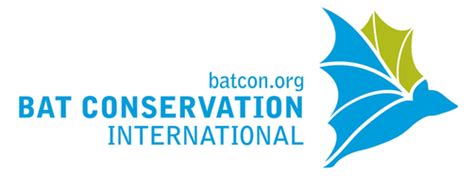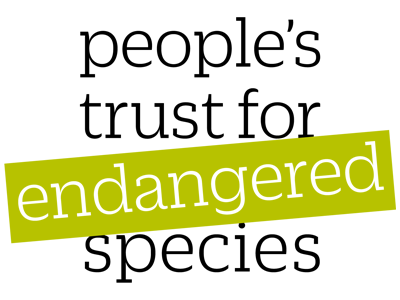Cease or prohibit shipping
-
Overall effectiveness category Unknown effectiveness (limited evidence)
-
Number of studies: 3
View assessment score
Hide assessment score
How is the evidence assessed?
-
Effectiveness
35% -
Certainty
30% -
Harms
0%
Study locations
Supporting evidence from individual studies
A before-after, site comparison study in 2003–2004 in areas of soft seabed sediment in the German Bight, southern North Sea, Germany (Dannheim et al. 2014) found that, during the 12–14 months after closing an area to shipping, community energy flow (related to community structure) at sites within the closed area did not change, but it increased in nearby open sites where shipping occurred. Before shipping closure, community energy flow was similar in the closed (80 kJ/m2) and open sites (66 kJ/m2). After 12–14 months, community energy flow in the closed sites was similar to before (69 kJ/m2), but lower than at open sites where energy flow had increased over time (92 kJ/m2). After 12 months, species-level energy flow was higher in closed areas compared to open areas for 10 of 70 species, and lower for 7 of 70 species. In July 2003 a pilot windfarm platform was constructed, and the surrounding area (500 m radius) closed to all shipping (including fishing vessels). Invertebrates were surveyed at 10 sites inside the windfarm area and 10–18 outside (9 km away) before construction (March–August), and 12–14 months after exclusion (July–October 2004). Invertebrates were collected using a sediment grab (0.1 m2) and a beam trawl at 28 m depth. All were identified, counted, weighed, and their biomass converted to energy values (kilo Joule) using conversion factors. Energy flow was used to compare communities.
Study and other actions testedA before-and-after, site comparison study in 2008–2012 of multiple sites in an area of sandy seabed in the southern North Sea, 40–50 km off the coast of Belgium (Coates et al. 2016) found that three years after closing an area to shipping, overall community composition was different in closed and open sites where shipping occurred, but total abundance, biomass, species richness and diversity remained similar across sites. Data and analyses of community compositions were not reported. Total invertebrate abundance did not change over time and remained similar at sites closed and open to shipping, before (2008: closed 361 vs open 436 individuals/m2) and one to two years after the closure (2011–2012: 369–1,027 vs 256–458). This was also true for total biomass (2008: 802 vs 1,656; 2011–2012: 514–5,733 vs 1,392–1,864 mg/m2), species richness (2008: 10.3 vs 10.7; 2011–2012: 10.4–12.3 vs 10.3–14.7 species/sample), and diversity (reported as diversity index). In 2009-2010 a windfarm was constructed, and an area of approximately 21 km2 closed to all shipping (including fishing vessels) was established around the windfarm (500 m radius). Invertebrates were surveyed at 6–16 sites inside the windfarm area and 15–25 outside before construction in 2008, and after in 2011 and 2012 (always in September–October). Invertebrates >1 mm were collected using a sediment grab (0.1 m2) at 15–40 m depth, identified, counted, and their dried biomass measured or estimated.
Study and other actions testedA site comparison study in 2011 of seven areas of soft seabed in the southern North Sea, Netherlands (Bergmam et al. 2015) found that overall, an area closed to shipping had similar invertebrate abundance, biomass, species richness and diversity, compared to six adjacent open areas where shipping occurred, after five years. For each metric, not all data were shown. From core samples, all areas had similar invertebrate abundance (min. 1,096/m2; (closed area); max. 1,778/m2 (open area)), biomass (min. 32 g/m2 (closed area); max. 17 g/m2 (open area)), number of species (closed: 16; open: 13–20), and diversity (as diversity indices). From dredge samples, invertebrate abundance and species diversity were similar in the closed area and five of six open areas, while all areas had similar biomass (min. 61 g/m2 (closed area); max. 134 g/m2 (closed area)) and number of species (closed: 20; open: 15–21). An offshore wind farm was constructed in 2006, with a 500 m buffer zone (approximately 25 km2) around it closed to all shipping (including fishing vessels). Invertebrates inside the closed area and at six nearby open areas were surveyed in February 2011 using two methods. Shorter-lived infauna (>1 mm) were sampled using sediment core (0.078 m2; 16 samples across the closed area; 8 samples/open areas). Longer-lived infauna and epifauna (>7 mm) were sampled using a dredge (20 m2; 14 samples across the closed area; 6 samples/open areas). All invertebrates were identified, counted, and weighed (results are for dry weights).
Study and other actions tested
Where has this evidence come from?
List of journals searched by synopsis
All the journals searched for all synopses
This Action forms part of the Action Synopsis:
Subtidal Benthic Invertebrate Conservation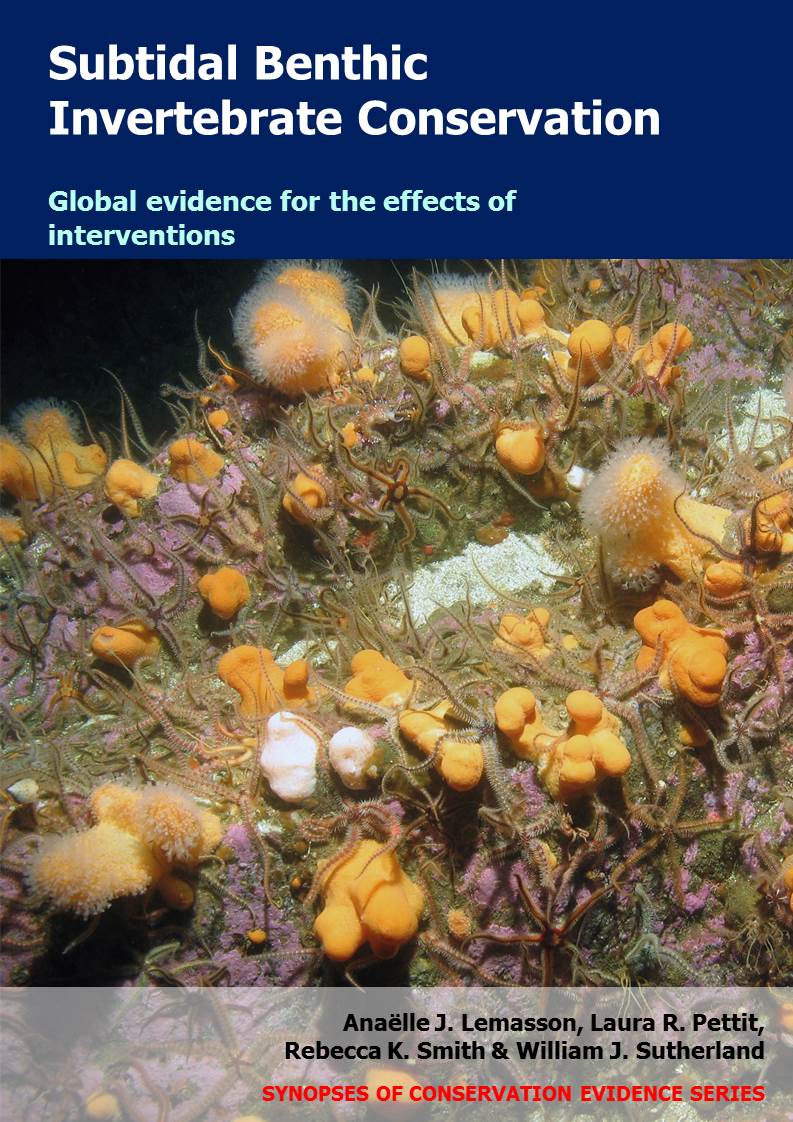

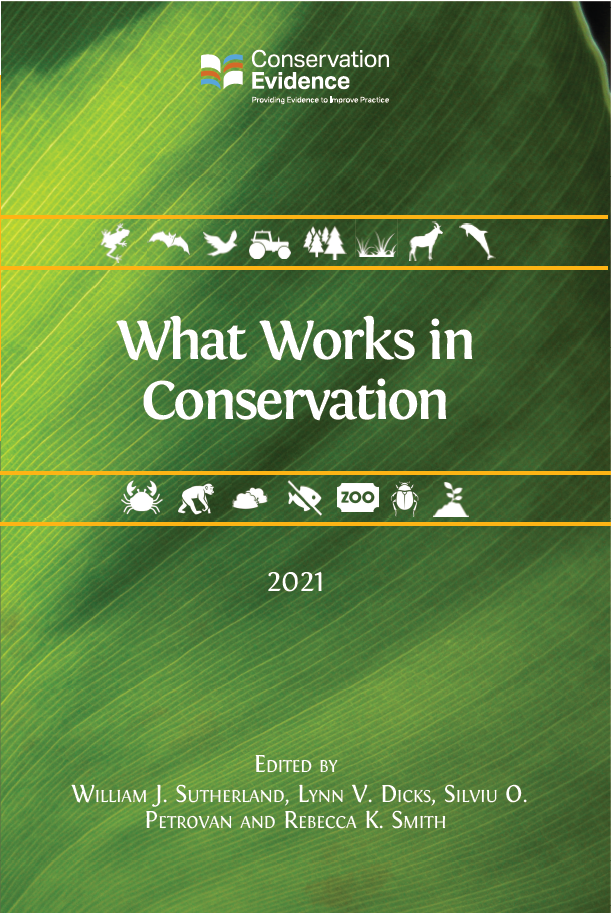
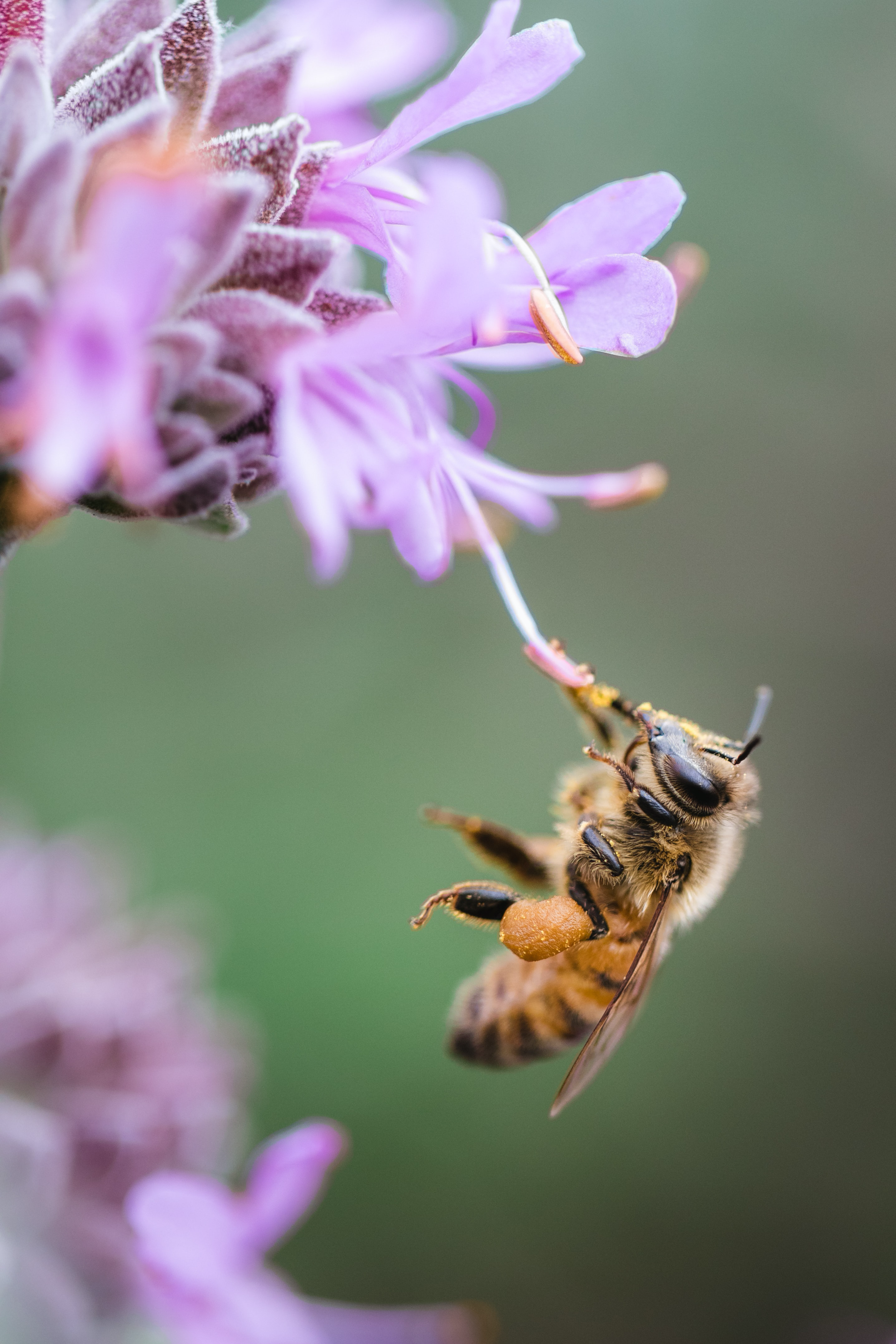


)_2023.JPG)
